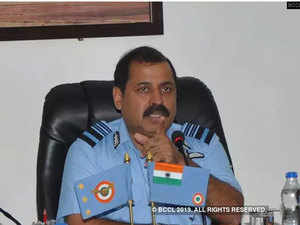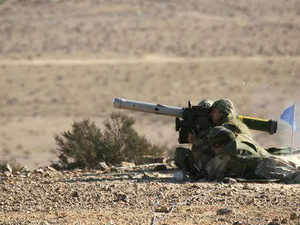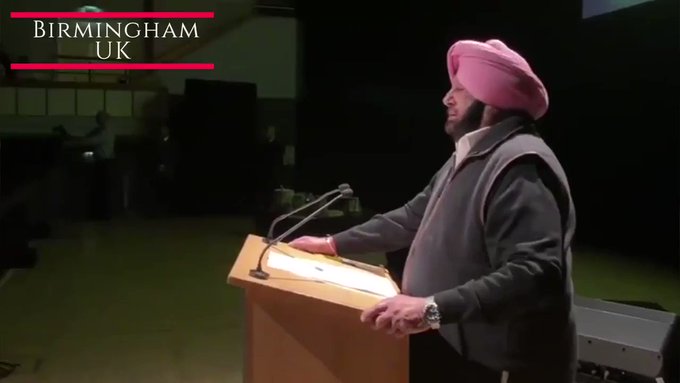 Punjab Chief Minister Amarinder Singh. Photo credit: Twitter.
Punjab Chief Minister Amarinder Singh. Photo credit: Twitter.Birmingham, November 25
Punjab Chief Minister Amarinder Singh has advocated peace and friendship with Pakistan to enable both countries to move forward towards development and progress, but made it clear that India would not allow ISI-backed forces such as the Sikhs for Justice (SFJ) to disturb its harmony and stability.
https://twitter.com/i/status/1198869319465275392
The Chief Minister was here to address the Indian diaspora on the sacred occasion of the 550th birth anniversary of Guru Nanak Dev.
In an informal chat with the media on Sunday, Amarinder Singh said the SFJ was a hardcore terrorist group, with no ideological basis for its campaign, and had to be treated as such.Describing the SFJ’s so-called legal advisor Gurpatwant Singh Pannu as a fraud, operating under the directions of Pakistan’s ISI, the Chief Minister said Pannu’s sole motive was to divide the Sikhs, and India, to promote the ISI agenda.
Referring to the terror modules busted in Punjab in the past couple of years, along with large-scale arrests and seizure of weapons, he said these had exposed the SFJ’s intentions, but both the state government and the Centre were dealing with it with an iron hand.Earlier, addressing the diaspora, the Chief Minister called for cordial and friendly relations with neighbours to promote peace, in line with Sri Guru Nanak Dev’s philosophy, for the collective resolution of global problems.
Both India and Pakistan had been through a lot, and it was time now for them to let go of the past and move forward in a spirit of friendship to ensure their progress, he stressed.
Pointing to Guru Nanak’s philosophy of the oneness of God, the Chief Minister underlined the need to rise above religion and caste to protect the future and facilitate the development of Punjab and its people.
What the founder Guru of Sikhism had indicated 550 years ago was happening now, he said, pointing to global problems like pollution and water scarcity.
He stressed the need for friendship and togetherness to tackle these problems and look ahead, towards the creation of a better future for the next generation.
His government, said Amarinder Singh, would continue with the 550th Prakash Purb celebrations for another year to disseminate the message of the Great Guru, who had taught the importance of protecting nature through his ideology of ‘Pawan Guru, Paani Pita, Maata Dharat’.
The decision to set up the Guru Nanak chair in 11 universities, including one in Iran, was aimed at researching the Guru’s travels and philosophy so that the same could be disseminated effectively for the good of humanity, he added.
The Chief Minister sought the Indian diaspora’s help and support in enabling the industrial growth of Punjab, which he stressed needed to be weaned away from the water-guzzling paddy crop.
Indians, especially the Sikh community, had worked hard to contribute to society of whichever country they had chosen to settle in, and it was time now for them to look back at their roots, said Amarinder Singh, urging them to invest in Punjab’s economic growth.
“You must remember where you originated, and must contribute in any way you can for the progress of Punjab,” he appealed to the diaspora.
The Chief Minister invited Indians in Britain to the Progressive Punjab Investors’ Summit, being held on December 5-6, to help the state make its much-needed shift from agriculture to industry for its economic progress and for the generation of employment for the youth.
Pointing out that Punjab was suffering a problem of plenty, with surplus paddy and wheat crop with insufficient storage, he said the state needed investment to break away from its agricultural cycle to become an industrial state.
Citing the Kartarpur Corridor as a beginning towards better relations between India and Pakistan, Amarinder Singh hoped it would set the stage for opening of other important religious shrines in Pakistan to Indians seeking ‘khulle darshan deedar’.
Thanking both Indian Prime Minister Narendra Modi and Pakistan’s Premier Imran Khan for this historic initiative, he shared with the audience that he had an interesting chat on cricket with Imran on their bus journey from Zero Point to Kartarpur Sahib gurdwara, in the context of the fact that the latter’s uncle had played for Patiala in the pre-independence era.In his informal chat with mediapersons later, the Chief Minister reiterated his demand for waiver of the passport condition and the $20 fee for travel through the Kartarpur Corridor, pointing out that India had never imposed any such tax on those visiting Ajmer Sharif and Nizamuddin Dargah from across the border. — IANS








































































